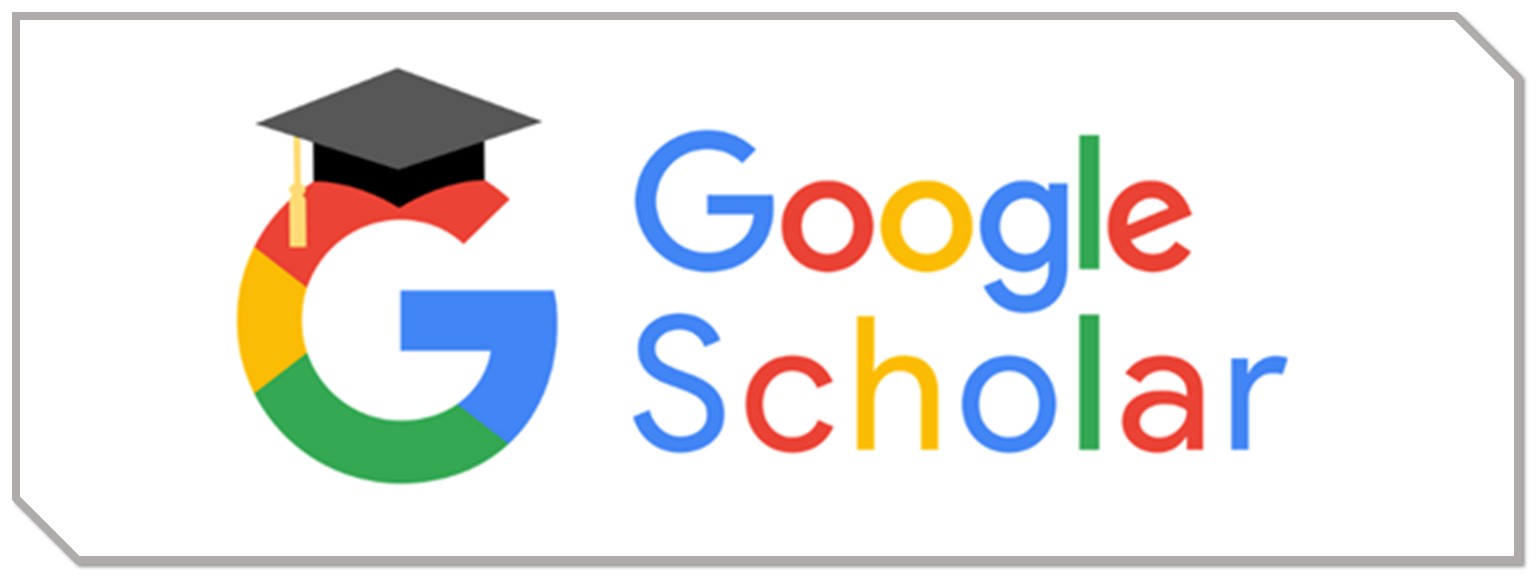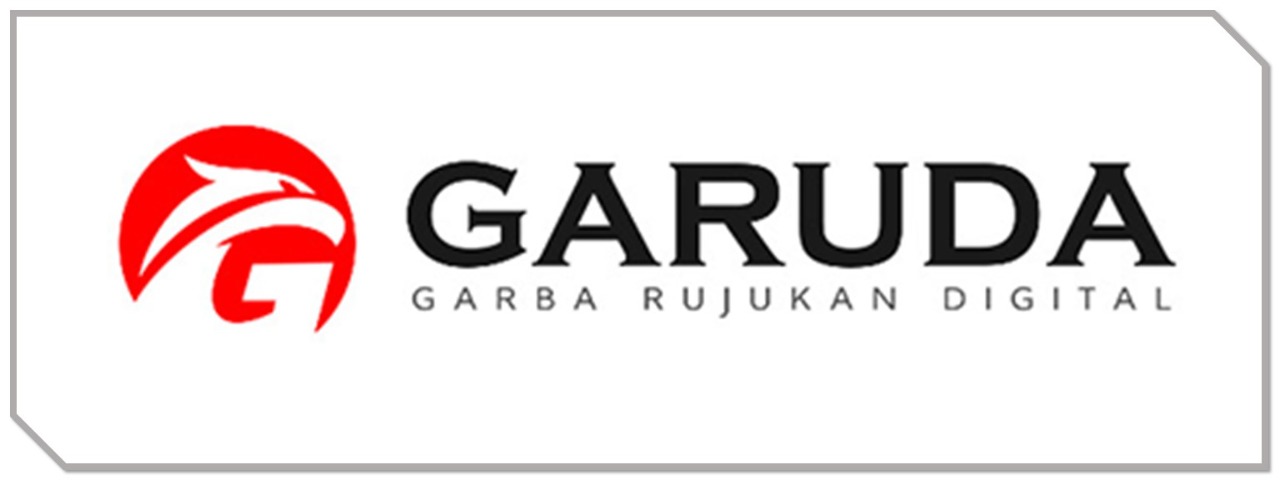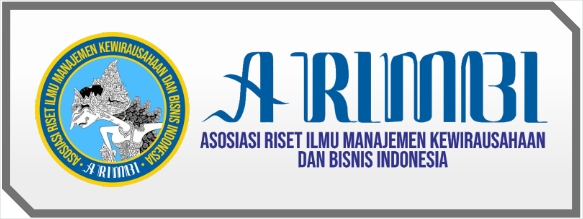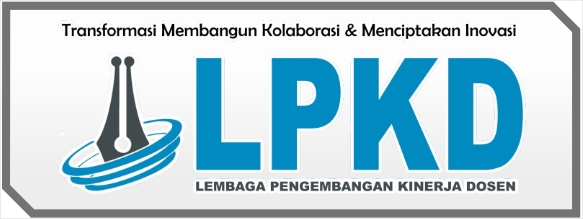Sentiment Analysis #samasamabelajar Public Relations Campaign Based on Big Data on TikTok
DOI:
https://doi.org/10.55606/iceb.v1i1.189Keywords:
Big Data, Sentiment Analysis, Public Relations Campaign, TikTok, Diffusion of Innovation, Development CommunicationAbstract
The purpose of this study is to analyze the sentiment of the #samasamabelajar public relations campaign on TikTok in the period 21 December 2021-2 January 2022. Using a positivistic paradigm. Furthermore, the researcher deepened the data analysis by relating the 10 step PR campaign theory from Anne Gregory and the innovation diffusion theory. quantitative research is carried out by collecting data using Algoritma Tech and ASIGTA sentiment analysis.
The results of the big data algorithm analysis show that after the #samasamabelajar campaign, the community produced a total of 975 videos. The government works closely with TikTok through a continuing education campaign, the creation of Tiktokclass and University Class Week. The government provides space for the public to play an active role in producing educational social media content in order to provide a positive image of the government. In addition, TikTok social media is a means of delivering government information to the public.
The result sentiment analysis to public's response to the public relations campaign on Tiktok. The researcher conducted a sentiment analysis using the tech algorithm on the search results for the hashtag #samasamasiswa for the period 21 December 2021-2 January 2022. There are 974 hashtags that will be classified using the tech algorithm. Of the 934 videos obtained or analyzed, there were 428 positive content, 533 neutral content and 13 negative content.
References
Book
Ali, D., S. F. (2017). Marketing Public Relations diantara Penjualan dan Pencitraan. Yogyakarta: Deepublish.
Anggoro, M., L. (2005). Teori dan Profesi Kehumasan Serta Aplikasinya di Indonesia. Jakarta: Bumi Aksara.
Gregory, A. (2004). Perencanaan dan Manajemen Kampanye Public Relations. Jakarta : Erlangga
Kotler, P., & Gary, A. (2008). Prinsip-prinsip Pemasaran Edisi ke-1. Jakarta: Erlangga.
Kurnia, Novi, Amalinda, S., dkk. (2021). Big Data untuk Ilmu Sosial Antara Metode Riset dan Realitas Sosial. Yogyakarta: Gadjah Mada University Press.
Pamungkas, I., A. (2016). IMCOLOGY. Yogyakarta: Deepublish.
Sarwono, Jonathan. (2011). Mixed Methods: Cara Menggabung Riset Kuantitatif dan Riset Kualitatif Secara Benar. Jakarta: PT. Elex Media Komputindo
Journal
Ahlse, J., Nilsson, F., & Sandström, N. (2020). It's time to TikTok: Exploring Generation Z's motivations to participate in# Challenges.
Aliya, F. N., & Febriyani, A. R. (2020). Komunikasi Pembangunan untuk Identitas Tempat: Budaya Kampung di Kota Semarang. Jurnal Komunikasi Pembangunan, 18(01), 10-29. https://doi.org/10.46937/18202029003
Anderson, K. E. (2020). Getting acquainted with social networks and apps: it is time to talk about TikTok. Library hi tech news.
Dao, G. (2022). Tiktok influencer marketing as a marketing tool for cosmetic industry to attract generation Z.
Fariastuti, I., & Pasaribu, M. (2020). Kampanye Public Relations# Medialawancovid19 Di Media Massa. Jurnal Pustaka Komunikasi, 3(2), 212-220.
Hasiholan, T. P., Pratami, R., & Wahid, U. (2020). Pemanfaatan media sosial tik tok sebagai media kampanye gerakan cuci tangan di indonesia untuk mencegah covid-19. Communiverse: Jurnal Ilmu Komunikasi, 5(2), 70-80.
Jahi, A. (1988). Relation of some characteristics of the" Poultry Indonesia" readers in Kabupaten and Kotamadya Bogor and frequency of reading the magazine. Media Peternakan (Indonesia).
Kriyantono, R., & Rachmawati, F. (2020). A qualitative research on the use of fashion for public relations practitioners as a presentation of self-image. Soshum: Jurnal Sosial dan Humaniora, 10(1), 10-22.
Kusumasari, Dita & Onny Rafizan. (2017). Studi Implementasi Sistem Big Data untuk Mendukung Kebijakan Komunikasi dan Informatika. Jurnal Masyarakat Telematika dan Informasi, 2 (8)
Perreau, A. (2021). Brands on TikTok: Strategic first steps and successful execution. Journal of Brand Strategy, 10(3), 221-233.
Rachmawati, F., & Kriyantono, R. (2019). Evaluasi forum merdeka barat 9 sebagai wujud relasi media dengan pemerintah. Jurnal Nomosleca, 5(1).
Simamora, D., L. (2019). Pengaruh Pesan Kampanye #GenZHeTikYuk! Terhadap Sikap Ramah Lingkungan Pengikut Akun Instagram @dutalingkunganpku. Jurnal Online Mahasiswa (JOM) FISIP Universitas Riau, 6 (2) https://jom.unri.ac.id/index.php/JOMFSIP/article/viewFile/25937/25122
Schram, S. R. (1964). The Military Deviation of Mao Tse-tung. Probs. Communism, 13, 49.
Suri, D. (2019). Pemanfaatan Media Komunikasi dan Informasi dalam Perwujudan Pembangunan Nasional. Jurnal Komunikasi Pembangunan, 17(2), 177-187.
Susanto, T., Dharmawan, L., Dono, L., & Roberto, I. (2019). Kampanye Sosial Istana Belajar Anak Banten dalam Pembangunan Pendidikan di Era Digital. Jurnal Komunikasi Pembangunan, 17(2), 205-215.
Sorrels. (2015). Globalizing Intercultural Communication. California: Sage Publications, Inc
Suryani, I., Zulfikri, A., & Muhariani, W. (2021). Aplikasi Tik Tok Sebagai Media Kampanye Untuk Pencegahan Penyebaran Covid-19. J-IKA, 8(1), 93-101.
Yang, Y., & Zilberg, I. E. (2020). Understanding Young Adults' TikTok Usage. Dostupno na.
Newspaper Articles
Chlistina, Z. (2022). TikTok kembali luncurkan kampanye #SamaSamaBelajar 2.0. Diakses pada 19 Maret 2021, dari https://www.tek.id/tek/tiktok-kembali-luncurkan-kampanye-samasamabelajar-2-0-b2c3a9lau
Jemadu, L.. & Prastya, D. (2022). Jumlah Pengguna Media Sosial Indonesia Capai 191,4 Juta per 2022. Diakses pada 19 Maret 2022, dari https://www.suara.com/tekno/2022/02/23/191809/jumlah-pengguna-media-sosial-indonesia-capai-1914-juta-per-2022#:~:text=Dari%20data%20periklanan%20ByteDance%2C%20jumlah,07%20juta%20pada%20tahun%202022.
Media Indonesia. (2021). Dukung Pendidikan TikTok Hadirkan Kampanye #SamaSamaBelajar. Diakses pada 19 Maret 2021, dari https://mediaindonesia.com/humaniora/406247/dukung-pendidikan-tiktok-hadirkan-kampanye-samasamabelajarhttps://mediaindonesia.com/humaniora/406247/dukung-pendidikan-tiktok-hadirkan-kampanye-samasamabelajar
Prasetyo, G. (2019). Demokrasi Millenial. Yogyakarta: Ruas Media. https://asigta.org/our-portfolios/. Diakses pada Minggu, 03 Maret 2022, pukul 06.35 WIB.
Pratama, K. R. (2022). TikTok Diprediksi Jadi Medsos Terbesar Ketiga pada 2022. Diakses pada 19 Maret 2022, dari https://tekno.kompas.com/read/2022/01/03/08070077/tiktok-diprediksi-jadi-medsos-terbesar-ketiga-pada-2022?page=all.
Proceeding
Fiallos, A., Fiallos, C., & Figueroa, S. (2021, July). Tiktok and Education: Discovering Knowledge through Learning Videos. In 2021 Eighth International Conference on EDemocracy & EGovernment (ICEDEG) (172-176). IEEE.
Hardadi, E. T., & Trianasari, N. (2021). Penggunaan Media Sosial Tiktok Melalui Hashtag# samasamabelajar Terhadap Pemenuhan Kebutuhan Informasi Pada Masyarakat Di Jawa Barat. eProceedings of Management, 8(6).
Kurniawan, B. (2018). Tik Tok Popularism and Nationalism: Rethinking National Identities and Boundaries on Millenial Popular Cultures in Indonesian Context. Proceedings of AICSSocial Sciences
Yang, S., Zhao, Y., & Ma, Y. (2019). Analysis of the Reasons and Development of Short Video Application——Taking Tik Tok as an Example. 9th International Conference on Information and Social Science. https://doi.org/10.25236/iciss.2019.062
















